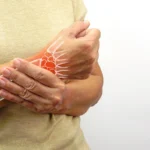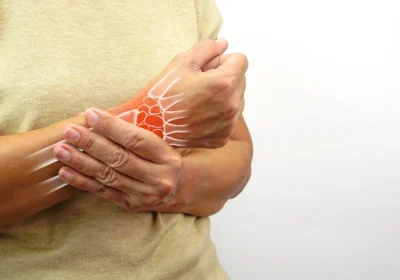
Uncovering the Mechanics: Understanding Prosthetic Socket Design
The socket, often also called socket or socket, is part of the prosthesis in charge of connecting the amputated limb (stump) and the rest of the prosthetic limb (knee, structural kit, foot, among others). By serving as an interface between the prosthesis and the rest of our body, the socket is also responsible for properly distributing the weight of our body mass on the surface of our amputated limb.
Unlike other parts of the prosthesis, the prosthetic socket design is designed and made 100% to our needs. For this very reason, two patients can’t have an identical prosthetic socket since each socket is elaborated to adapt to the needs and anatomy of each patient in an individual and personalized way.
But Why Is It So Important?
Naturally, due to its role as a connection between our body and the rest of the prosthetic limb, the socket is the only prosthesis component that comes into direct contact with our amputated limb. A prosthetic knee or foot can be the best make and model available. However, these components do not come into direct contact with our body; how will we feel them while using them? We at PrimeCare for example will do it through the socket since it is in constant and close contact with our body, which means that whether or not we feel comfortable with our prosthesis depends clearly on how well-designed this part of our prosthetic member is.
What Are The Consequences Of A Poorly Designed Socket?
New paragraph When a socket is wrong, the consequence will be that our orthopedic prosthesis is particularly annoying and painful to use. This is because when a socket does not fit our anatomy well, two things happen:
First, the weight of our body will not be distributed equally over the surface of our stump, causing certain points of it to end up suffering much more pressure than the rest. When this happens, just putting on the prosthesis and standing up can feel the discomfort caused by pressure points that shouldn’t even be present.
The Second Consequence Is The Unwanted Movements Of The Amputated Limb Within The Socket.
When walking with a prosthesis, our amputated limb is subjected to different mechanical forces. When the prosthetic socket does not fit our anatomy well, our stump will be “loose” inside it, causing these mechanical forces to move it repeatedly and cause skin injuries, which can range from skin scratches to larger injuries. as are ulcers.
Unsurprisingly, both situations make walking with the prosthesis extremely uncomfortable, and as a consequence, many amputees fail to learn how to use their prosthesis because they end up developing discontent and frustration with a device that should help them improve their lives and instead improve their lives. It ends up making it more difficult.


















